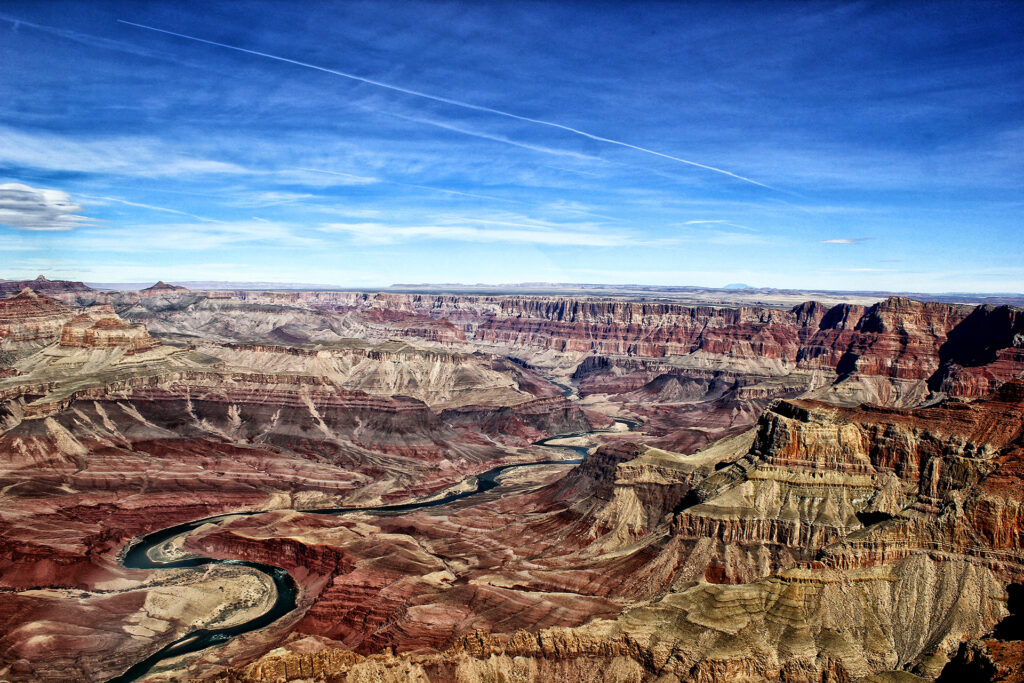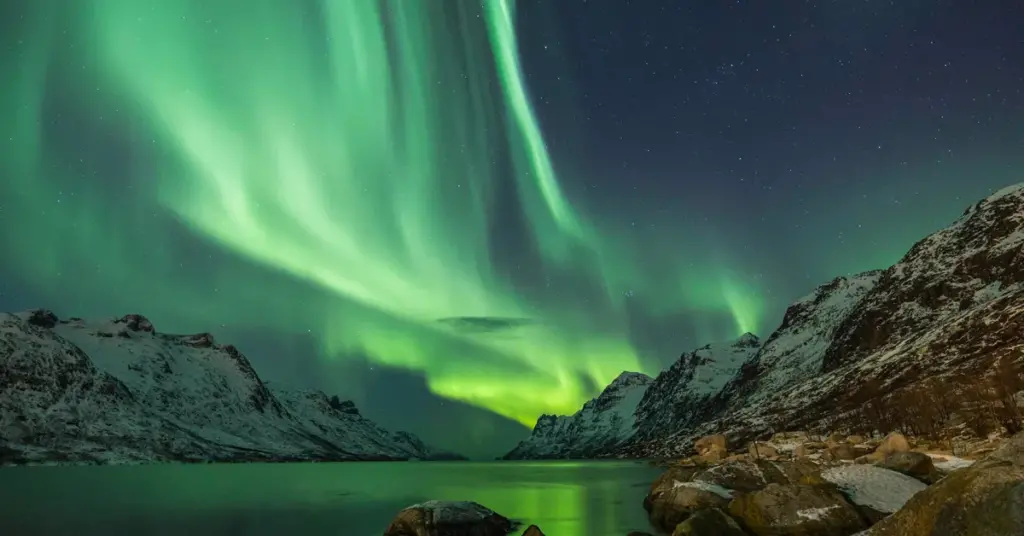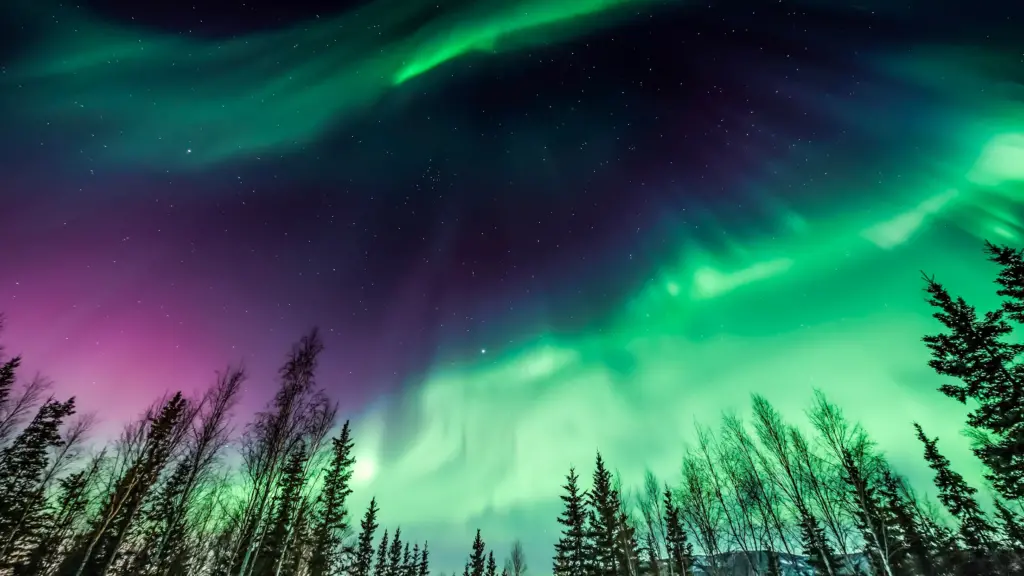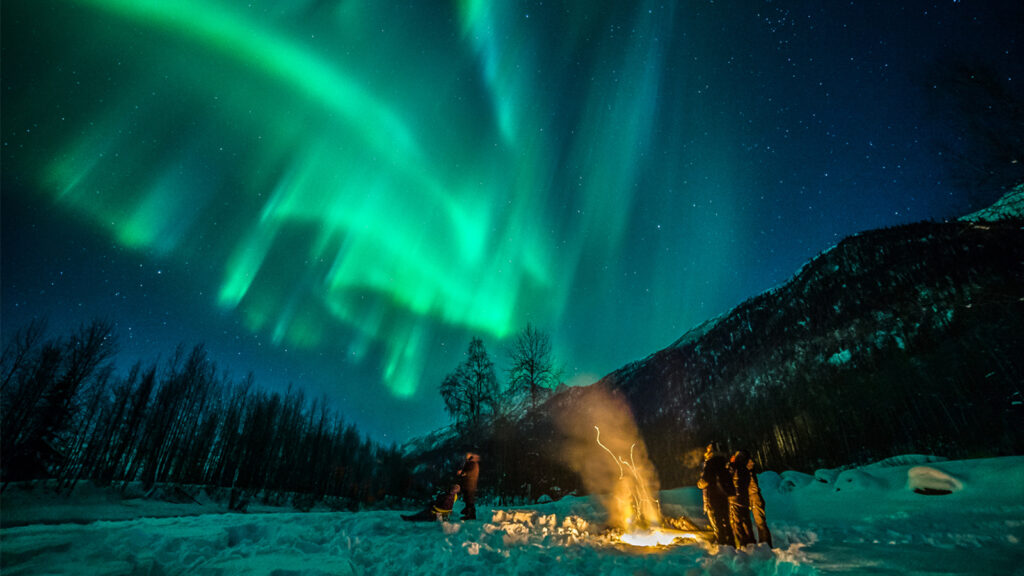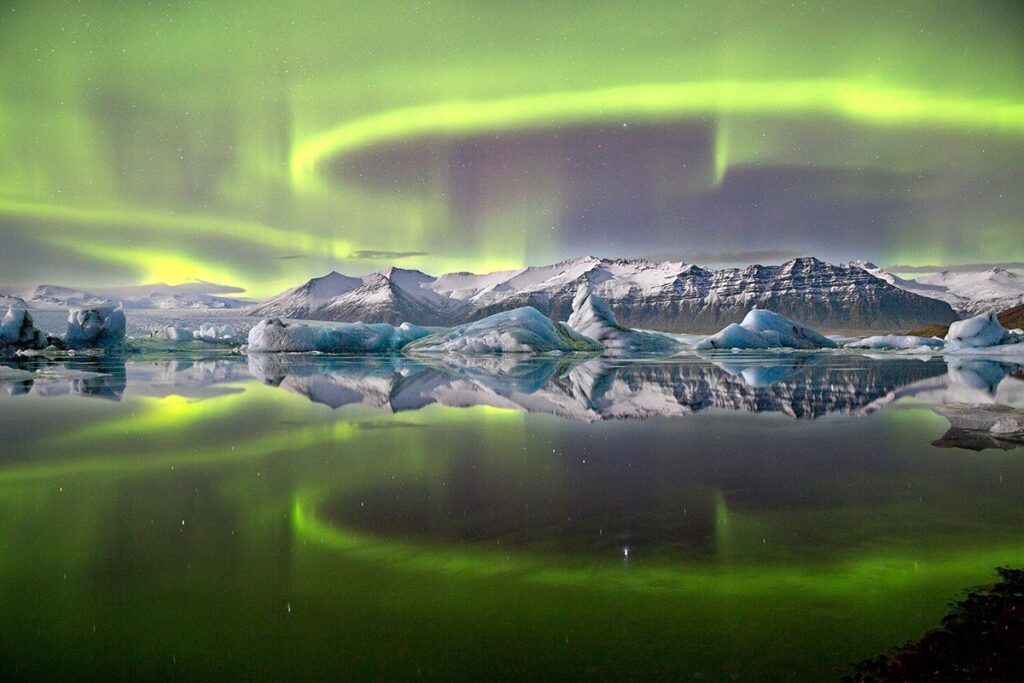Introduction
Colorado, with its stunning landscapes, might not be synonymous with the Northern Lights, but can this state offer a glimpse of the Aurora Borealis? Where can you see the Aurora Borealis in Colorado? In this comprehensive guide, we’ll explore the possibilities of witnessing the Northern Lights in Colorado.
Understanding the Challenges
Colorado’s location at a lower magnetic latitude makes regular Northern Lights sightings challenging. However, during periods of heightened solar activity and geomagnetic storms, rare opportunities for observation arise.
| ℹ️ Read More: | Where Can You See Aurora Borealis in Wyoming? |
Potential Top 5 Places Where Can You See Aurora Borealis in Colorado
Rocky Mountain National Park
The Rocky Mountain National Park‘s high elevation and expansive skies offer a promising setting for potential Northern Lights sightings during geomagnetic events.
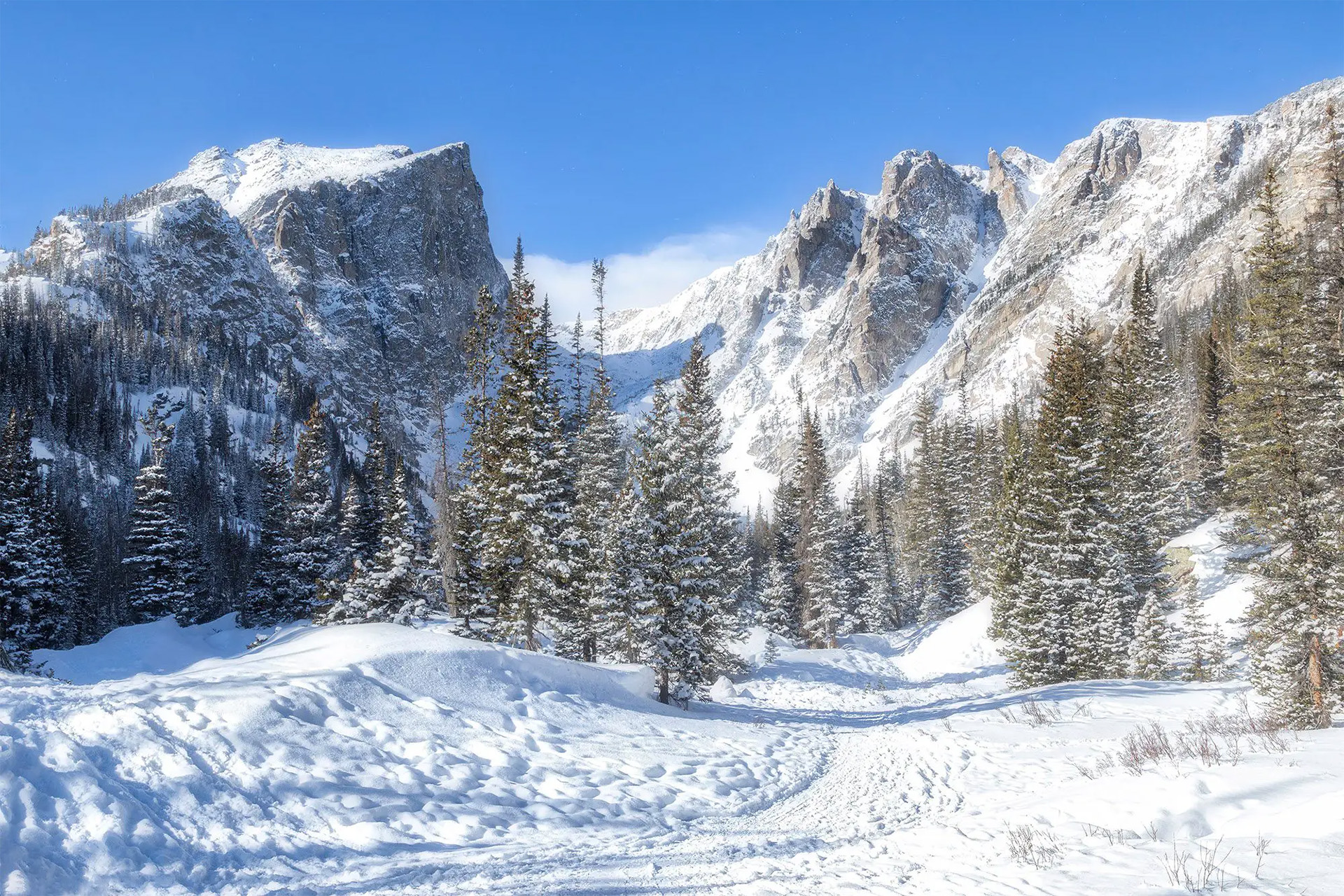
| ℹ️ View More |
| 🏡 Best Places to Stay in Rocky Mountain National Park |
Great Sand Dunes National Park
The remote location and dark skies of Great Sand Dunes National Park increase the chances of witnessing the auroras during heightened geomagnetic activity.
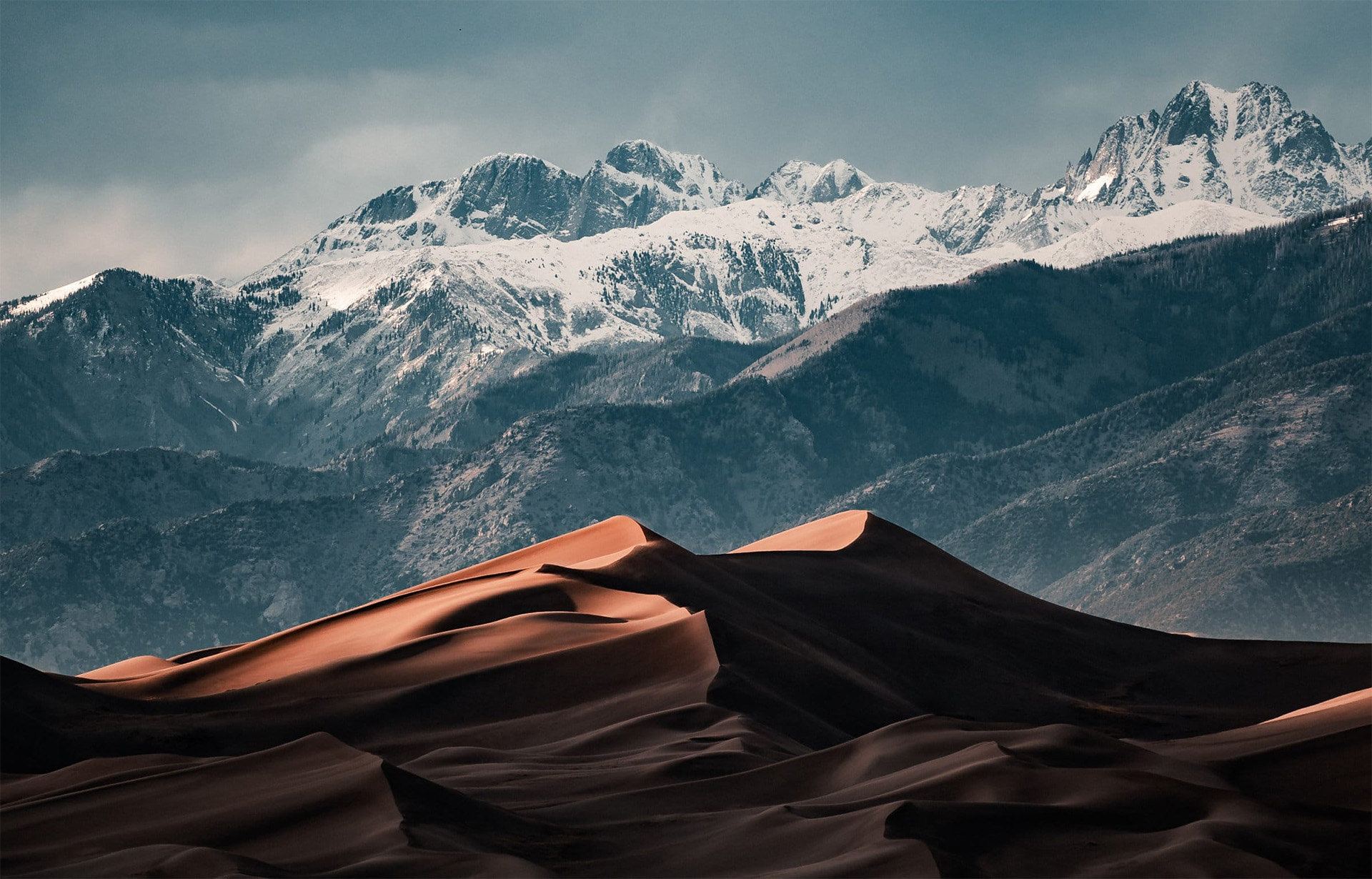
| ℹ️ View More |
| 🏡 Best Places to Stay at Great Sand Dunes National Park |
Maroon Bells, Aspen
Away from city lights, Maroon Bells provides a serene environment for potential Northern Lights viewing, especially during solar maximum years.
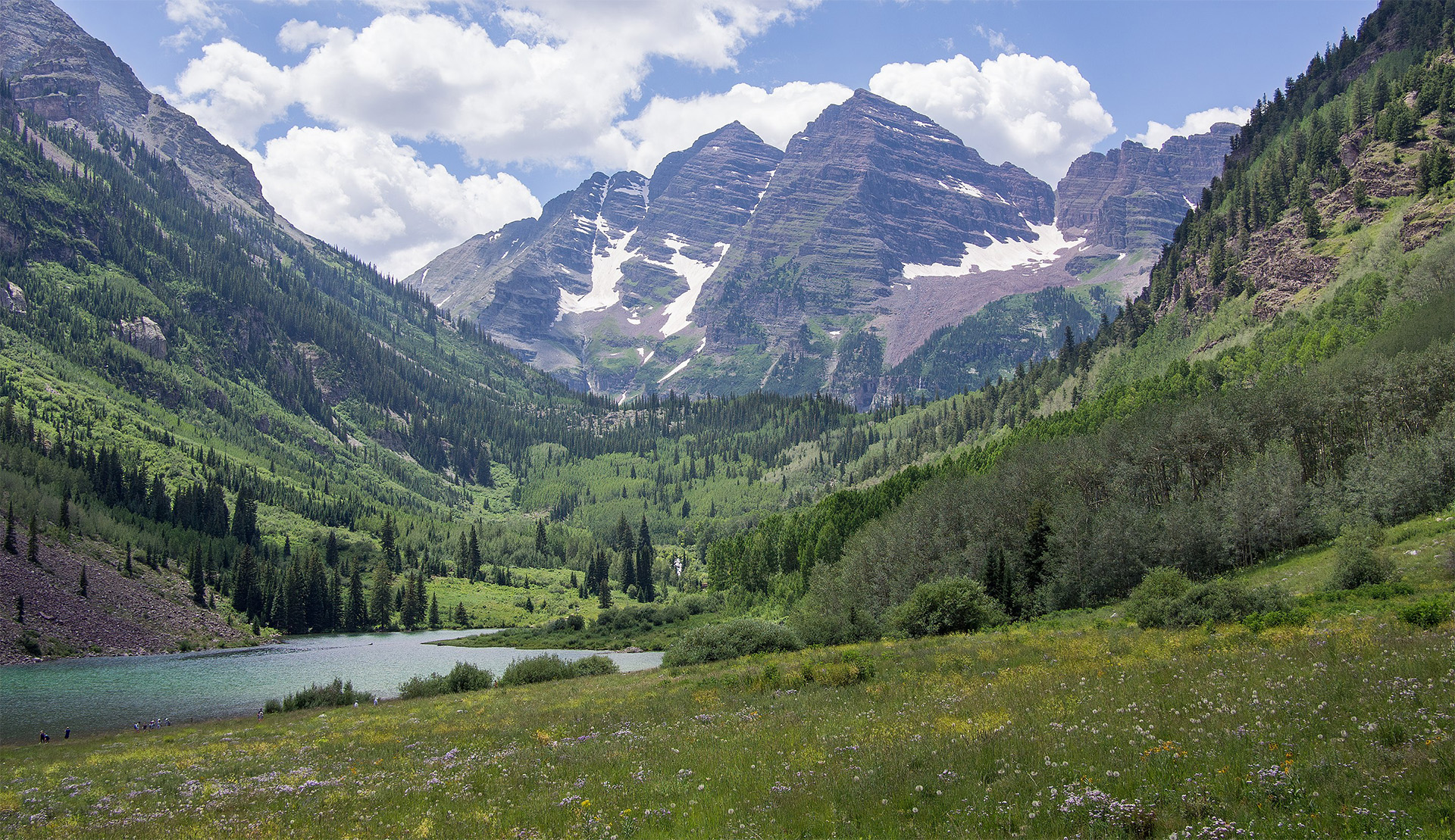
| ℹ️ View More |
| 🏡 Best Places to Stay at Maroon Bells, Aspen |
Black Canyon of the Gunnison National Park
The Black Canyon of the Gunnison National Park isolated location and minimal light pollution make it a potential spot for observing the Northern Lights during geomagnetic storms.
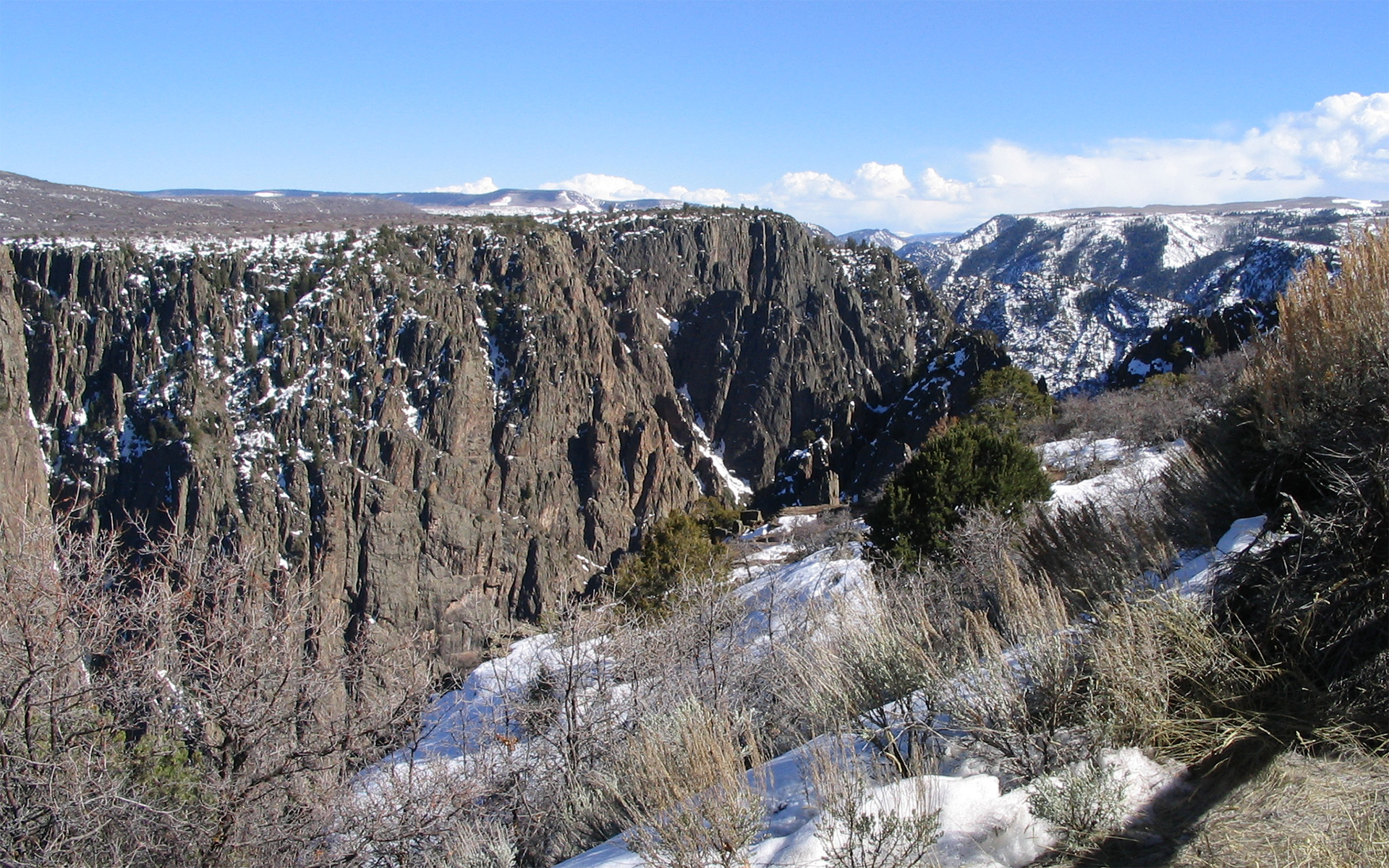
| ℹ️ View More |
| 🏡 Best Places to Stay in Gunnison National Park |
Grand Lake
Nestled near Rocky Mountain National Park, Grand Lake‘s tranquil setting enhances the possibility of seeing the auroras, particularly during heightened solar activity.
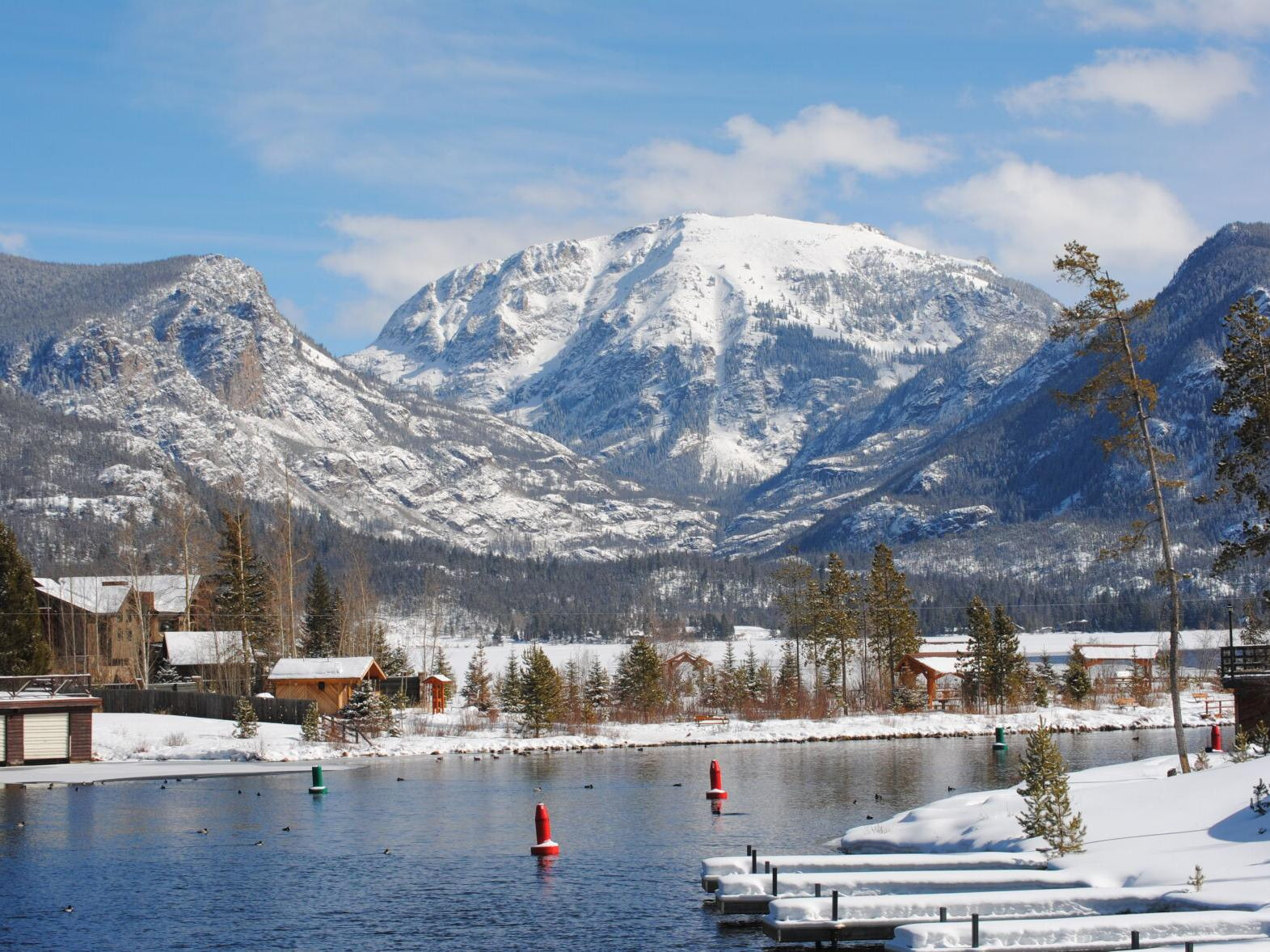
| ℹ️ View More |
| 🏡 Best Places to Stay in Grand Lake |
Factors Influencing Aurora Borealis Visibility in Colorado
Exploring the potential for witnessing the Northern Lights in Colorado involves understanding key elements that influence their visibility. While the state’s lower magnetic latitude poses challenges, certain factors contribute to the sporadic sightings of this mesmerizing celestial display.
The Role of Solar Activity
The sun plays a crucial role in the occurrence of the Northern Lights. Regularly monitoring solar activity becomes essential, especially during periods known as solar maximum years. Approximately every 11 years, the sun reaches its solar maximum, characterized by heightened solar activity. During these years, the increased release of charged particles enhances the chances of witnessing vibrant auroral displays in the Colorado skies.

Unveiling the Impact of Geomagnetic Storms
Geomagnetic storms, triggered by disturbances in Earth’s magnetosphere interacting with solar winds, significantly impact the visibility of the Northern Lights. Keeping a watchful eye on geomagnetic storm forecasts becomes key to anticipating optimal conditions for aurora sightings. When these storms intensify, they create ideal circumstances for the captivating dance of the Northern Lights to unfold against the backdrop of Colorado‘s night sky.
Understanding these factors adds an exciting dimension to the quest for witnessing the Aurora Borealis in Colorado. While the state’s southern location makes sightings less frequent, the interplay of solar activity and geomagnetic storms unveils opportunities for those eager to experience this celestial spectacle.

Conclusion
While Colorado might not be a traditional destination for Northern Lights enthusiasts, exploring the state’s darker and remote areas offers a chance to witness this celestial phenomenon. Venture into Rocky Mountain National Park, Great Sand Dunes National Park, Maroon Bells, Black Canyon of the Gunnison National Park, and Grand Lake for a potential glimpse of the Aurora Borealis against Colorado’s breathtaking landscapes.
Frequently Asked Questions
Q: Can you see the Northern Lights in Colorado?
A: While challenging due to Colorado’s lower magnetic latitude, rare sightings have been reported during strong geomagnetic storms.
Q: Where are the best places in Colorado for Northern Lights viewing?
A: Rocky Mountain National Park, Great Sand Dunes National Park, Maroon Bells, Black Canyon of the Gunnison National Park, and Grand Lake are potential spots.
Q: Why are the Northern Lights rare in Colorado?
A: Colorado’s lower magnetic latitude limits regular Northern Lights sightings, but rare occurrences can be observed during strong solar activity.
Q: When is the best time to see the Northern Lights in Colorado?
A: The best chances occur during heightened solar activity, especially during solar maximum years, and during geomagnetic storms.
Q: What factors influence Northern Lights visibility in Colorado?
A: Solar activity and geomagnetic storms significantly influence the visibility of the Northern Lights in Colorado.

